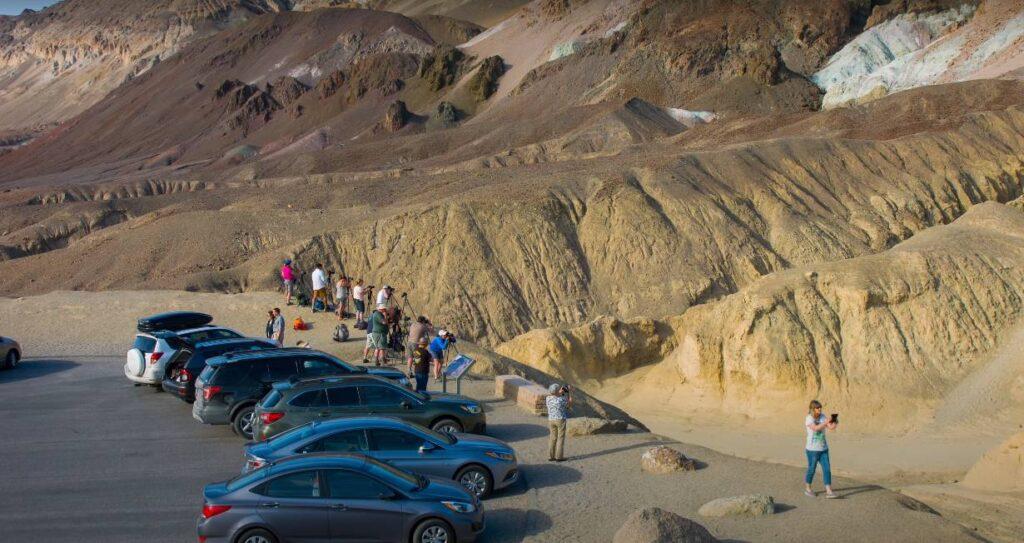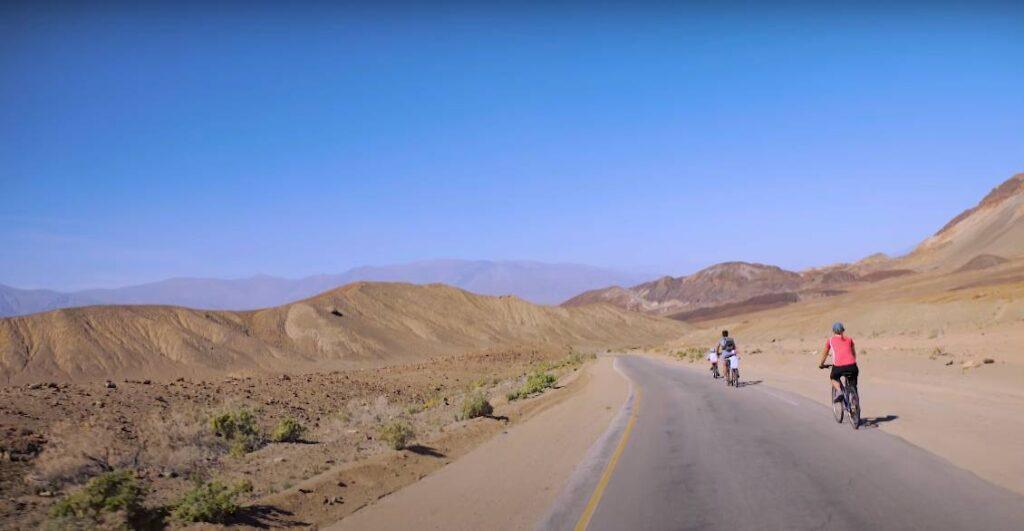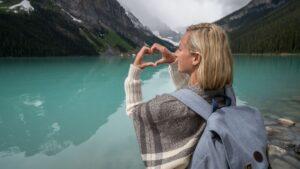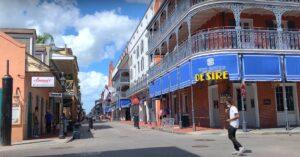Death Valley National Park is a land of extremes, where the lowest point in North America coexists with towering mountains, scorching heat, and stunning beauty. It is a place of adventure, where you can explore vast dunes, salt flats, canyons, and volcanic craters. It is also a place of history, where you can learn about the Native Americans, miners, and pioneers who shaped this harsh landscape. We will tell you how to plan your visit to Death Valley National Park, including the best time to go, how to get there from California and Nevada, and what activities to do.
Optimal Timing to Visit Death Valley National Park
When it comes to Death Valley, timing can be the key to an unforgettable experience. The park’s climate is characterized by scorching summers and mild winters. To make the most of your visit, plan your trip during the fall, winter, or early spring. Months like October to April offer comfortable temperatures, making hiking and outdoor activities more enjoyable. Avoid the peak of summer, as temperatures can soar to dangerous levels.
Access from California and Nevada to Death Valley National Park
- Distance from California Cities: Whether you’re in Los Angeles or San Francisco, Death Valley is within your reach. From Los Angeles, it’s approximately a 4 to 5-hour drive, while San Francisco lies about 8 hours away. The journey is an adventure in itself, with changing landscapes and scenic views along the way.
- Driving Routes: The park is accessible via major highways like US Route 395 and California State Route 190. Both routes offer stunning vistas, so have your camera ready.
- Nevada Access: If you’re coming from Nevada, places like Las Vegas and Pahrump provide convenient gateways. Las Vegas is around a 2 to 2.5-hour drive away, making it a popular starting point for many visitors.
Adventures to Do

Camping Opportunities: Spend your nights under the starlit sky at one of the park’s campgrounds. Furnace Creek Campground and Texas Springs Campground are excellent options to consider. Remember to book in advance, especially during peak seasons.
Hiking Trails: The park boasts an array of hiking trails catering to different skill levels.
- Zabriskie Point: An easy trail that rewards you with panoramic views of the badlands.
- Golden Canyon: A moderate trail leading to the iconic Red Cathedral rock formation.
- Telescope Peak: A challenging trail for experienced hikers, culminating at the park’s highest point with breathtaking vistas.
Landmarks and Vistas: Don’t miss out on exploring unique landmarks like Badwater Basin (the lowest point in North America) and Dante’s View (offering a bird’s-eye view of the valley). These are perfect for photography enthusiasts.
Tips for a Successful Visit
- Essentials to Pack: With the desert’s harsh conditions, it’s crucial to carry sufficient water, sun protection, and comfortable clothing. Sturdy hiking shoes are a must for trail exploration.
- Safety Guidelines: Be mindful of the extreme temperatures, especially in summer. Stay hydrated, rest in the shade, and avoid overexertion.
- Permits and Regulations: Some hikes may require permits, so make sure to check with the visitor center.
- Respect for Nature: While exploring, remember that Death Valley’s beauty is delicate. Help conserve the park for future generations by respecting its flora, fauna, and geological wonders.
Death Valley National Park stands as a testament to the Earth’s astonishing geological history and its ability to thrive even in the harshest of conditions. By choosing the right time to visit, understanding access options, and embarking on thrilling adventures, you’re bound to create memories that will last a lifetime. So, gear up, plan, and get ready to be awed by the splendors of Death Valley.
FAQs About Death Valley National Park
- Why is Death Valley National Park famous?
Death Valley is famous for its surreal landscapes, extreme temperatures, and unique geological formations. It’s home to Badwater Basin, the lowest point in North America, and features diverse desert terrain. - Is it safe to explore Death Valley?
While Death Valley offers breathtaking beauty, its extreme heat can be dangerous, especially in summer. Visit during cooler months, carry water, wear appropriate clothing, and be cautious in high temperatures. - In which states does Death Valley National Park reside?
Death Valley National Park spans both California and Nevada. It’s situated on the border of these two states, making it accessible from major cities like Las Vegas and Los Angeles. - When is the best time to visit Death Valley National Park?
The optimal time to visit is during the fall, winter, or early spring, between October and April. These months offer milder temperatures, making outdoor activities more enjoyable. Summer should be avoided due to extreme heat.
Also, Explore Central Park, NYC






